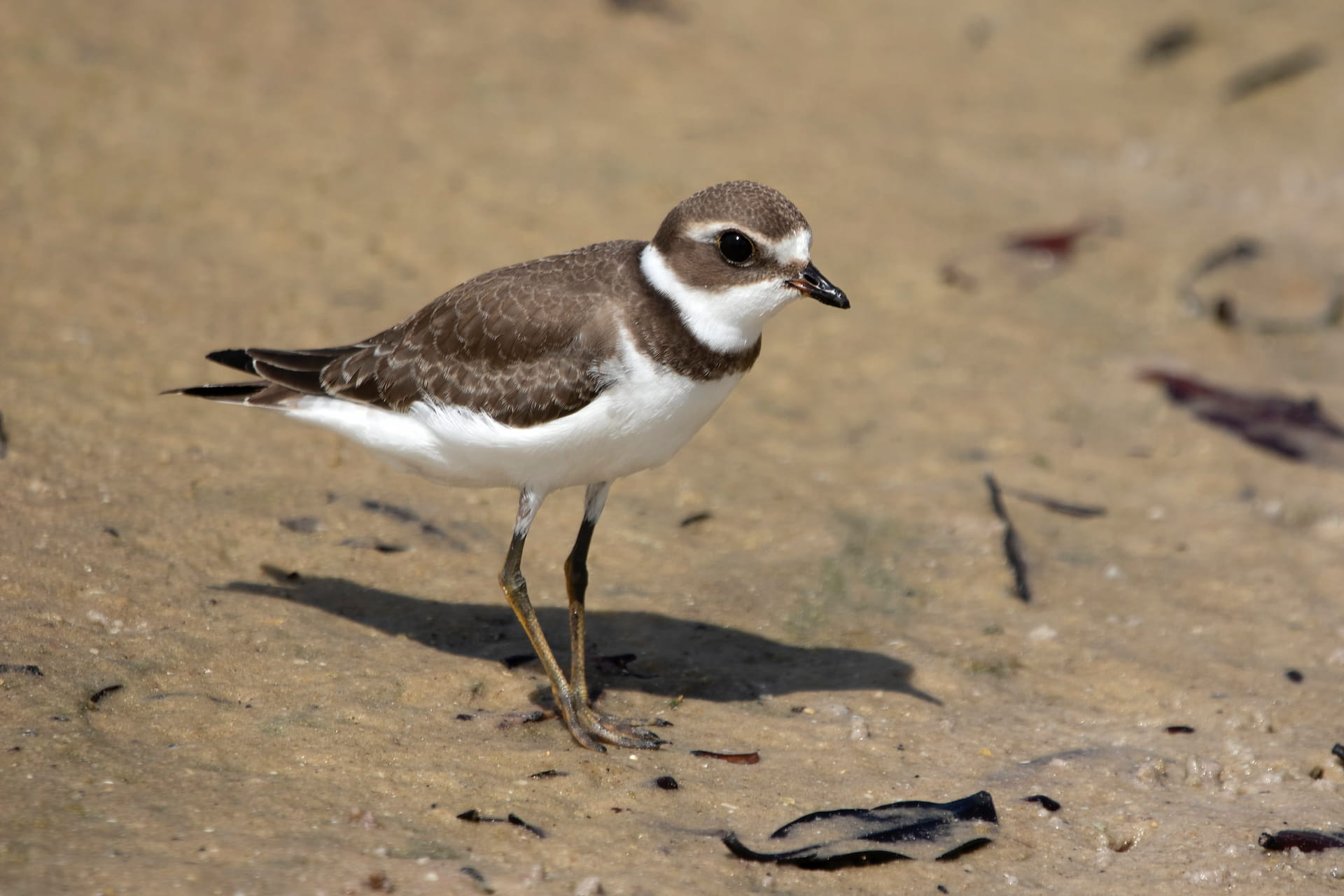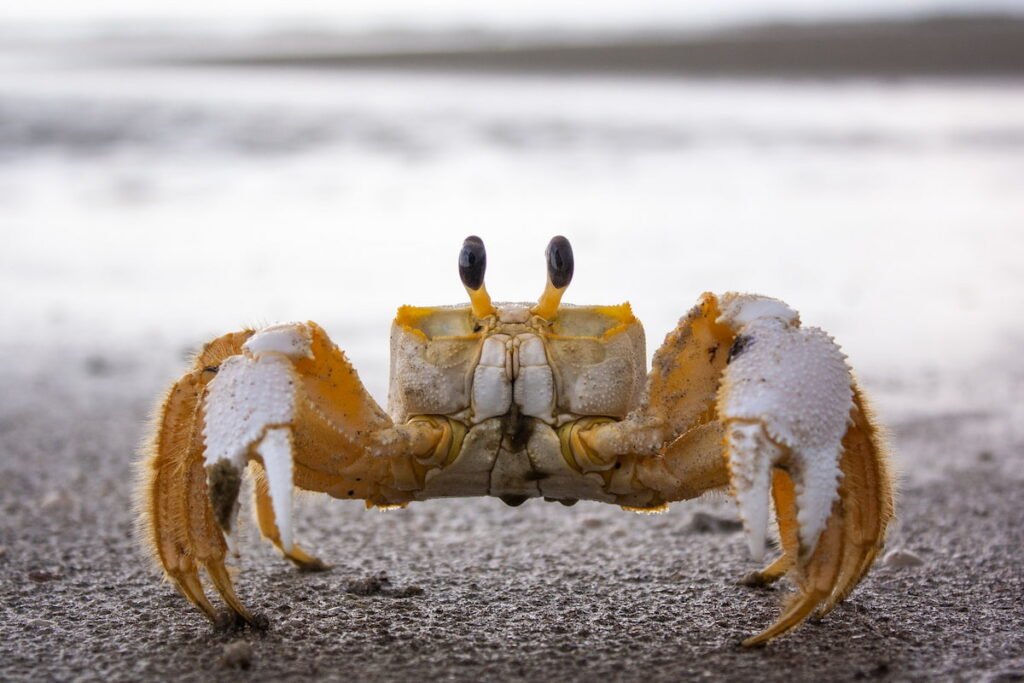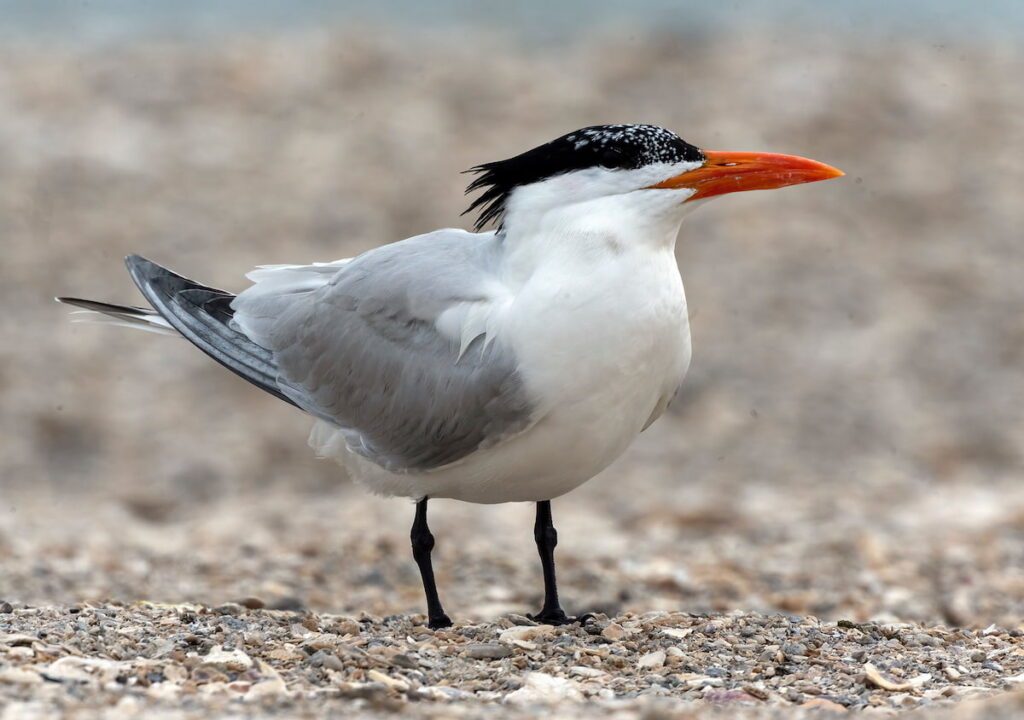Four Animals That Live in the Dunes
Dunes are rich habitats with plenty of residents

Many beachgoers are familiar with the rolling, sandy landscape created by coastal dunes. But do you know about all the animals that inhabit the dunes?
Let’s review some facts about dunes and dive into some of their most famous residents.
Get Ocean Updates in Your Inbox
Sign up with your email and never miss an update.
What are dunes?
Coastal sand dunes are mounds of sand along the beach. Dunes form when wind moves sand into an area that is protected by some kind of structure or obstacle. Dunes can vary in size and composition based on the amount and type of sediment, the direction and velocity of wind and the types of vegetation present.
Dunes constitute a very important part of a thriving beach environment—both for the animals and the people who live in coastal ecosystems. They provide food and shelter for animals, reduce sand erosion from beaches, reduce coastal flooding and protect structures from storm surge. And—not to mention—they’re a stunning backdrop for any photos you take on the beach!
What animals live in the dunes?
Beach mice
You might not associate mice with the beach, but dunes are a perfect hiding spot for these little rodents. Beach mice dig burrows in the dune to rest, hide food and protect their offspring. Often they will stay protected during the hot daytime hours, emerging at night to snack on seeds. There are a few species and subspecies of beach mice, including the critically endangered Perdido Key beach mouse and endangered St. Andrew beach mouse. Even if mice aren’t your cup of tea, here is a fun fact about these small rodents—they are often monogamous and mate for life, an unusual trait among mammals.
Plovers
Plovers are a staple around waterways in North America and beyond. These shorebirds are small with short beaks and search for worms and other invertebrates by wading into shallow water. Many species can be found in the United States, including the snowy plover, semipalmated plover and Wilson’s plover. The United States is also home to the piping plover—and my only reason for calling out the piping plover specifically is that it’s my favorite bird. Although the piping plover was common in the 1800s, their numbers fell drastically due to egg collection and habitat loss. Now, their numbers are growing again, and they are considered Near Threatened rather than endangered.
Ghost crabs
Take a nighttime walk on the beach and you’ll likely see a ghost crab or two (or ten) skittering on the ends of your flashlight beams. Their ghostly color (hence the name) also helps them blend into the sand. These speed demons can run up to ten miles per hour—a handy skill when it comes to outrunning predators on their way back to their burrows. They dig deep burrows that can stretch a few feet below the surface for protection from predators and the hot midday sun. If you spot a hole on the beach, it might be a ghost crab—or it could be another burrowing sand dweller.

Terns
The tern is another seabird that relies on dunes. The dune grasses are perfect for terns to hide their nests, although they need to be careful of crabs, rodents and other predators that are interested in their eggs. Several species of tern may be found at the beach, including royal terns, common terns and least terns. Although many species, like the common tern, have healthy populations, it’s important to be a good steward of their habitat—avoid walking on dunes and don’t let your dogs run off leash in nesting areas.

Help protect dunes and other coastal habitats
In addition to not walking on or disturbing dunes, you can also help keep dunes free of trash and litter. Here at Ocean Conservancy, we lead the International Coastal Cleanup®, the world’s largest annual beach and waterway cleanup effort. This year, please join the nearly 17 million volunteers from 153 countries who have worked together to collect more than 350 million pounds of plastic and debris.